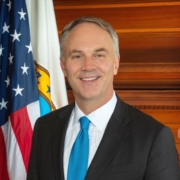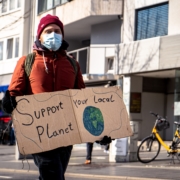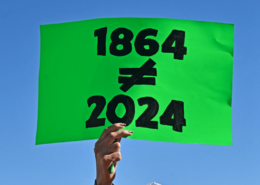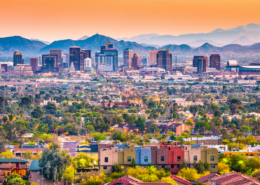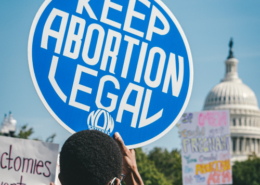Problem
States across the Western region vary in their access to and use of renewable energy sources. Many states continue to rely heavily on fossil power-plants, with high pollution and greenhouse gas emissions. Other states, such as California, have excess renewable energy sources during parts of the day, but lack access to ready markets for their green energy. There are also challenges to integrating some renewable resources, such as wind and solar, since they are subject to weather patterns that may not match demand.
Solution
Senator Bob Hertzberg proposed a new plan to help improve how Western states trade and integrate renewable energy resources, like solar, wind, geothermal and others. His plan would guide the development of a new regional electricity market and grid operator to manage diverse needs across the West. Participation in the marketplace would reduce greenhouse gas emissions, deliver power more efficiently, avoid costs for duplicative infrastructure, increase transmission-grid efficiency, and raise awareness of energy availability and pricing. By coordinating these efforts across the Western region, Hertzberg plans on dramatically increasing access to reliable and less expensive sources of renewable energy, helping to reduce pollution across the region.
How to steal this idea:
Learn more about Senator Herzberg’s proposal on his website: Sen. Bob Hertzberg announces plan to create renewable energy market with other Western states to help fight climate change
Visit and share the gallery of NewDEAL Challenge winners at governing.com/newdeal.

